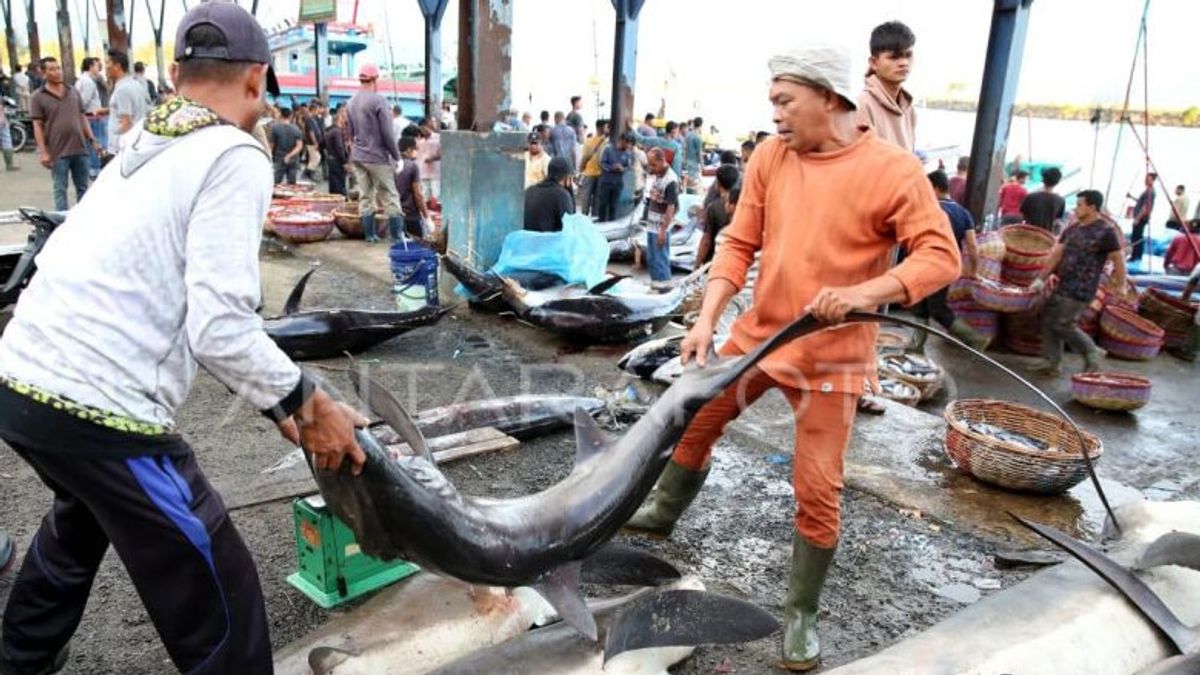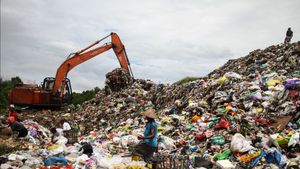BOGOR - Animal health stock at the Bogor Agricultural Institute (IPB) University Professor Agustin Indrawati revealed that several bacteria in fish are starting to infect each other and are resistant or immune to antibiotics in humans.
Antimicrobial reasiance (AMR) can be caused in humans by direct acquisition through food from animals containing AMR.
AMR is a condition when microorganisms such as bacteria, viruses, functions and parasites become resistant or immune to antimicrobials (antibiotics, antivirals, antifungals, antiparasitics) that were previously effective in suppressing or killing these microorganisms.
"From the results of research conducted with undergraduate students and doctoral programs, many resistant bacteria were found from animals," said Agustin Indrawati in Bogor City, Antara, Monday, August 28.
Agustin said, resistant e.coli bacteria, salmonella sp, klebsiella, pseudomonas sp, homeoccus sp, staphylococcus aureus, vibrio sp and aeromonas sp come from animals including fish, the environment, ponds and the flow of waste that can be transmitted to one another either directly or indirectly.
In his research, many bacteria that have experienced multi drug resistance (MDR) have also been found to be aware of their spread.
Transmission of resistant bacteria in an environment is an important reservoir such as soil, water, industry, agricultural waste, and various polluted ecology. Therefore, it is necessary to approach through the concept of “one health ” namely through collaborative interdisciplinary and multi-domain actions on local, national, and international scales.
Facing this reality, it takes a quick and precise action to prevent a global crisis in both disease prevention and treatment, food and environmental production security systems.
Antibiotics as an ingredient for treating a disease was known in 1928 by Alexander Fleming, who found pencillin antibiotics. On his way one day there will be bacteria that are no longer effective if given pencillin and this has been proven.
The incidence of antimicrobial resistance is no longer a standalone problem but is also related to various sectors, namely public health, animal health including accumulation, food health, agriculture, and environmental health.
In the world of livestock, the use of antibiotics is not only used as therapeutic or treatment but antibiotics are also used as a mixture of feed for growth triggers and are also used as disease prevention.
In Europe, the use of antibiotics as a trigger for growth has been banned since January 1, 2006 and in Indonesia through Permentan No. 14/2017 concerning the Classification of Animal Medicines, since January 1, 2018, it has banned the use of antibiotic growth promoters (AGPs) in feed, but in practice there are still many use of antibiotics used as AGPs. This is suspected as one of the things that contributes to the increase in resistance events.
The English, Chinese, Japanese, Arabic, and French versions are automatically generated by the AI. So there may still be inaccuracies in translating, please always see Indonesian as our main language. (system supported by DigitalSiber.id)
العلامات الأكثر شيوعًا
#Prabowo Subianto #جولكار #انتخابات جاكرتا #المقامرة عبر الإنترنت #Mount Lewotobi maleجمع
23 November 2024, 00:39
23 November 2024, 00:30













